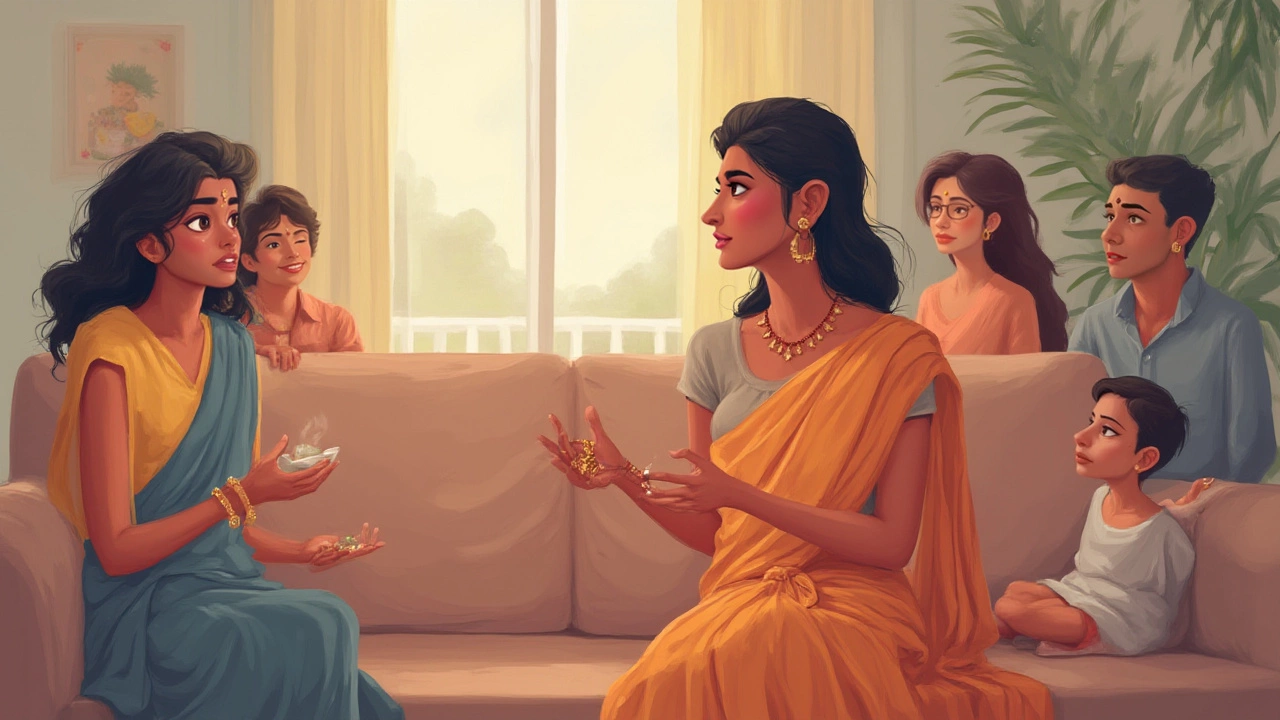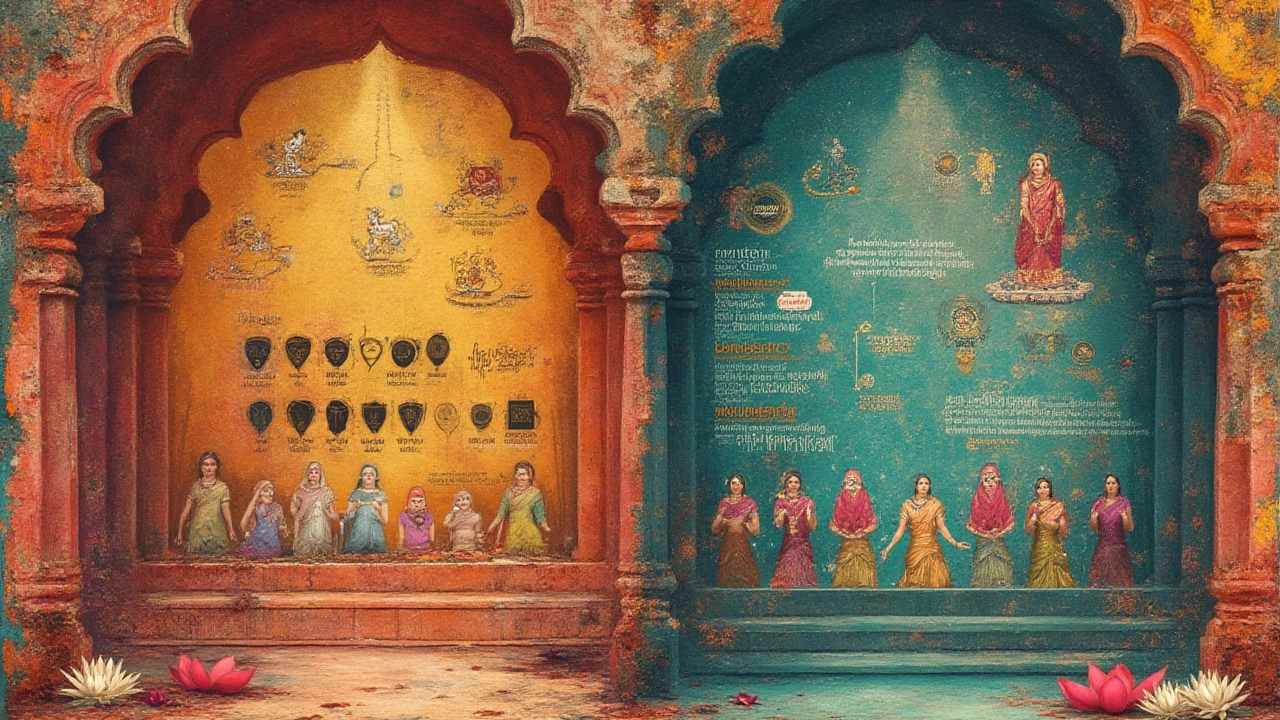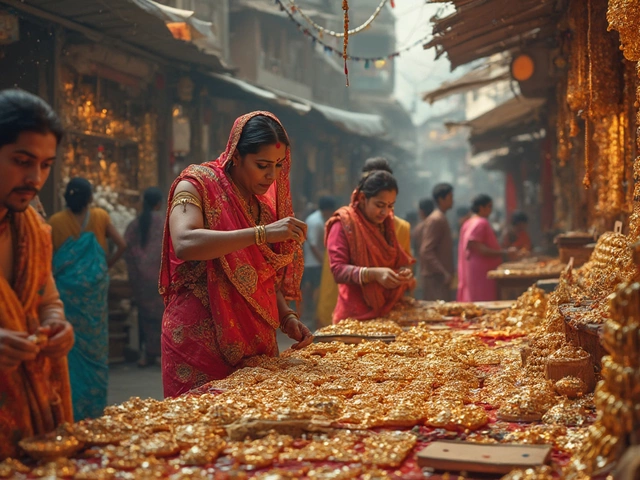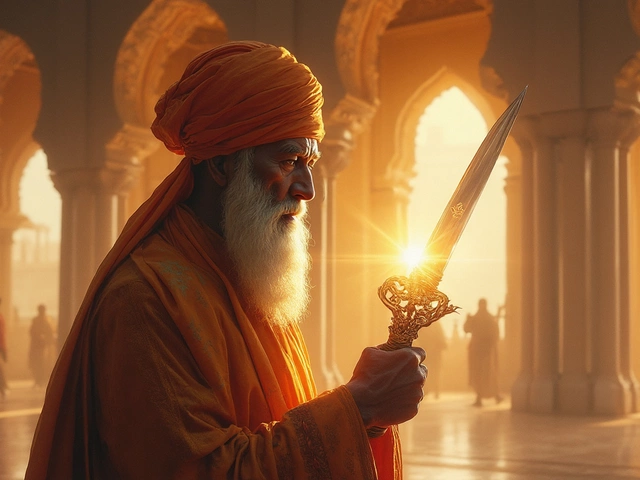You’re sipping chai, minding your business, when you overhear two aunties gossiping over the fence: “Her mangalsutra broke last night. It’s surely a bad omen for her marriage!” Sound familiar? This idea—that the breaking of a mangalsutra brings misfortune—gets whispered around family gatherings and WhatsApp groups more times than a new filmi song drops during Diwali. But is there truth behind the superstition or is it just age-old fear talking? Let’s pull back the curtain and look at the facts, the emotions, and why this iconic Indian symbol carries such heavy weight even today.
The Mangalsutra: Beyond Ornament to Symbolism
For most Indian women, the mangalsutra isn’t ‘just’ a piece of jewelry, it’s almost an extension of marriage itself. In Hindu tradition, the tying of the mangalsutra around the bride’s neck during the wedding ceremony stands as a public declaration: she’s now married, and the bond is intended to last for seven lifetimes. The average mangalsutra, especially the gold and black beaded type common in Maharashtra, Tamil Nadu, and Karnataka, is said to protect the couple from the evil eye. The black beads aren’t just fashionable—they were originally believed to ward off negative energy and bring stability to marriage.
Across different parts of India, you’ll spot unique mangalsutra designs. Tamil women often wear a ‘thali’—a mangalsutra in their cultural style—with different pendants for each community. In North India, the pendants may be elaborate with diamonds or kundan, while in Kerala you’ll see the elaborate ‘Minnu’ style. Whatever the region, the mangalsutra nearly always stands for marital commitment. Celebrities from Deepika Padukone to Alia Bhatt are often seen flaunting their mangalsutras, showing that while styles may change, the symbolism sticks.
What makes this ornament truly fascinating is how much value people attach to it. Some families even consider it a woman’s ‘good luck charm’ for her husband’s health and their shared happiness. It’s not just old-school belief either—a 2019 survey by an Indian wedding website found that 87% of married women across India believed their mangalsutra had ‘spiritual value’ beyond mere jewelry. The importance placed on the mangalsutra is both cultural and psychological—a reminder, worn close to the heart, of a lifelong promise.
So, what happens when this badge of marriage breaks? Is it just a broken string or is it, as many claim, the sign of impending doom for the couple?

Bad Omen or Just Bad Luck? What a Broken Mangalsutra Really Means
This is where things get spicy—and more than a bit complicated. The belief that breaking of mangalsutra spells trouble is so ingrained that it causes panic in many Indian households. Aunties rush to the temple, mothers call the family astrologer, and the WhatsApp family group lights up with anxious emojis. But is there any truth to this worry?
If we rewind to tradition, Hindu religious texts don’t specifically claim that a broken mangalsutra dooms the marriage. In fact, a study of common Hindu practices by sociologist Dr. Meenakshi Menon in 2010 found that most rituals around mangalsutra maintenance were passed down by oral tradition, not written scripture. Of course, the stress is real—no one likes watching a symbol of their relationship break. But what’s more common is how society, not religion, reacts.
| State | % Women Wearing Mangalsutra | Common Belief About Breaking |
|---|---|---|
| Maharashtra | 96% | Considered bad omen, family rituals follow |
| Tamil Nadu | 92% | Seen as a warning, usually fast & pray |
| Kerala | 80% | Mixed, more symbolic and less superstitious |
| Punjab | 65% | Not essential, but breaking seen as unlucky |
When a mangalsutra breaks, the shock isn’t only about the ‘what ifs’—it’s also about public embarrassment. “What will people say?” is a real fear for many women. An anecdote from a Chennai-based jewelry store owner shows that about 25 to 30 mangalsutra repair requests come every month, and nearly 60% of those women look visibly shaken when dropping off their broken ornament. Some women admit they don’t even believe in the superstition, but they'd rather not tempt fate or field judgmental looks from relatives. Social pressure, more than any cosmic force, really drives the anxiety around a broken mangalsutra.
No clear study ever concluded that a broken mangalsutra actually predicts illness, divorce, or any kind of tragedy. Metal weakens, threads wear out, accidents happen—especially in humid cities like Chennai where sweat and salt can corrode jewelry over time. Still, when it does break, women are often advised to stay calm and repair or replace it as soon as possible. Many temples offer a quick prayer or ritual to ‘reset’ the situation—not because it’s required by doctrine, but because it soothes the mind. In most cases, the breaking is simply taken as a sign to review and reinforce the relationship (and maybe invest in a sturdier chain!).
So, if you’re panicking over a snapped mangalsutra, ask yourself: is it really fate, or just friction?

Practical Steps If Your Mangalsutra Breaks – Tips from Real Women
Let’s get real. The stress and staring eyes are the worst part when your mangalsutra splits. But hey, fix the chain—don’t spiral into old superstitions. Here’s what actually helps, drawing from stories of dozens of women who’ve been through this exact thing.
- Stay calm: No rush to panic. Jewelry is meant to be worn, and damage is a part of life. Take a few deep breaths. Your marriage, your love, and your luck haven’t snapped with a piece of gold.
- Inspect for repair: Most times, it’s just a broken clasp or weak thread. Both are quick jobs for any proper jeweler. Store it in a clean pouch, and don’t try DIY fixes unless you really know what you’re doing—one Chennai woman said her attempt at super-gluing beads led to even more costly repairs!
- Ritual if you wish: If it brings you comfort, many women opt for a small prayer at home or in a temple. Some communities perform a quick puja (ritual) before wearing the repaired mangalsutra again. It’s more a mental reset than a religious rule, but it helps turn worry into action.
- Get a backup: Here’s a sneaky tip from urban women—many now own two mangalsutras, storing a spare for times when one is out for repair. No one’s the wiser, and it keeps the gossips at bay.
- Check fit and quality: If your mangalsutra has broken more than once, check with your jeweler about the quality of the clasp, thread, or beads. Humid climates wear things down fast—sometimes investing in a sturdier mount saves a ton of future trouble.
- Start a conversation: Don’t let the superstition silence you. Many modern couple counselors encourage partners to chat about what the symbol of the mangalsutra really means to them. It’s a good moment to build stronger bonds and redefine personal traditions.
Breaking the myth is just as important as fixing the jewelry. Surveys show that nearly 30% of married women under 35 years old no longer view the mangalsutra as an absolute must-have symbol, and more are open to replacing traditions with their own rituals. Some even turn the incident into a reason to upgrade their style or give meaningful new pendants a try!
Of course, if it brings you comfort, there’s no harm in a temple visit or a family ritual. But remember, your marriage is about the people in it, not the jewelry on the outside. The mangalsutra is a cherished link, but what truly strengthens any marriage is trust, love, and respect—no thread or gold required.
So next time you hear the ominous whispers about a broken mangalsutra being the cue for disaster, maybe smile and tell them, "Sometimes, even luck likes a makeover." Mangalsutra is, after all, a symbol—what matters is how you make it your own.


